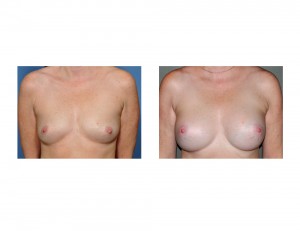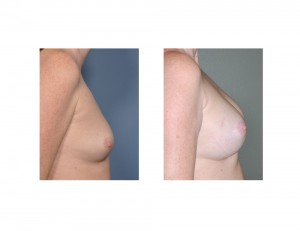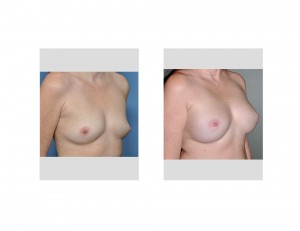Background: Breast augmentation is the most popular body contouring procedure and is most commonly done under general anesthesia. Given that most breast implants, saline and silicone alike, are placed in the partial submuscular plane, the use of general anesthesia provides the most comfortable intraoperative patient experience. It is hard to imagine lifting up the pectoralis major muscle attachments off the ribcage under any other circumstances.
But there are certain women who do not want a general anesthetic for their breast augmentation for a variety of reasons. Some patients have an innate fear of general anesthesia due to prior negative experiences or loss of control by being ‘put under’. For others it could be the added cost or the lack of transportation to and from the surgical facility. In rare cases there may be medical reasons for avoiding a general anesthetic. or any form of IV sedation
Breast augmentation can be done both safely and effectively under local anesthesia under the right circumstances. The right circumstances are first and foremost a very motivated patient. A patient who prefers having numbing medications injected into both breasts and is comfortable with being aware of what is happening around them in the operating room. Secondly, the breast implants have to be placed on top of the chest muscle to disrupt the least amount of chest tissues. (subglandular location in the breast tissue)
Case Study: This 38 year-old female wanted to have implants to enlarge her deflated breasts after having multiple children. She did not want to undergo a general anesthetic, however, due to a family history of Malignant Hyperthermia. She had two family members due under general anesthesia for other non-cosmetic surgeries in the past. She also did not even want any IV sedation drugs either.


Case Highlights:
1) Breast augmentation can be done without general anesthesia under local anesthesia in the properly selected patient.
2) Breast augmentation done under local anesthesia is best done in the subglandular plane above the muscle.
3) Tumescent local anesthesia is an effective technique for subglandular breast augmentation.



